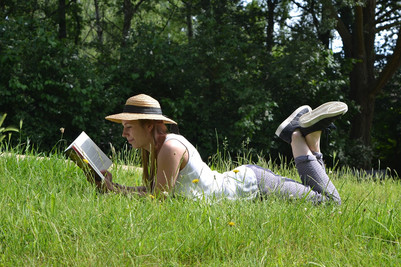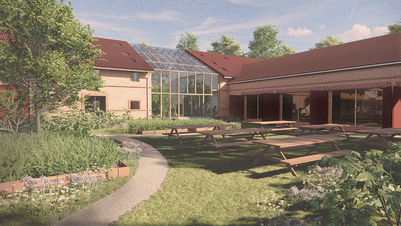
Conference Abstract | Marianna Charitonidou

Automobile Infrastructure and the Planning of the Great Aarhus Area: ‘Boligveje’, ‘Stamveje’, ‘Fordelingsveje’, ‘Primærveje’ and ‘Motorveje’ as Different Models of Mobility
The starting point of the paper is the fact that the automobile is among the actors that had the greatest impact on the welfare landscape. The car introduced into the latter a new rhythm, speed and regime of perception. To examine the ways in which the car, as a physical and perceptual presence, has influenced the design of welfare landscapes in Denmark, the paper focuses on the analysis of road infrastructure in the case of the Greater Aarhus Area and its urban redevelopment plan by a committee that was established in 1961. More specifically, it examines the following five categories structuring the road network around which the planning of the Great Aarhus Area was developed: ‘boligveje’ (housing roads), ‘stamveje’ (regular roads), ‘fordelingsveje’ (distribution roads), ‘primærveje’ (primary roads) and ‘motorveje’ (motorways). Its aim is to render explicit how each of the aforementioned types of automobile infrastructure implied another model of mobility. The paper intends to relate these models of mobility to the adopted urban planning strategies’ intention to provide to “every individual … equal access to all the benefits that the big city offers without having to experience the downsides which the big city also contains”.1
Special attention is paid to scrutinizing how the incorporation of the notion of ‘mobility’ into urban planning, in the case of the Great Aarhus Area, is related to their adoption of concepts and tools coming from urban geography. This cross-fertilization between urban planning and urban geography offered the opportunity to the Danish planners involved in the aforementioned project to “regulate the behavioural patterns of the urban dwellers”.2 An aspect that is closely investigated is how the division into ‘boligstier’ (housing paths), ‘kvarterstier’ (neighbourhood paths) and ‘hovedstier’ (main paths) ensured a consistent separation of driving and walking traffic. The separation of pedestrian and automobile circulation was common within the post-war welfare state, as is evidenced by other national contexts such as France, for instance in Georges Candilis, Alexis Josic and Shadrach Woods’s proposal for Toulouse-le-Mirail, which was conceived in the framework of the French villes nouvelles project. Comparing the ways in which the division of pedestrian and automobile circulation was addressed within different national contexts in relation to the different agendas of the welfare state, the paper will shed light on how architects and urban planners conceived the car as an important means in the endeavour of architecture to respond to the welfare values of post-war society. Its objective is to show that the emergence of a new understanding of citizens’ sensibilities, due to the generalised use of the car in post-war society, should be interpreted in relation to the welfare state.
1 Juul E. Møller, ed. Egnsplan for Århusegnen 1966. Aarhus: Universitetsforlaget i Aarhus, 1966, 10.
2 Mikkel Høghøj, “Planning Aarhus as a welfare geography: urban modernism and the shaping of ‘welfare subjects’ in post-war Denmark”, Planning Perspectives (2019), 11.
Marianna Charitonidou, Dr. ir., is a lecturer and a Postdoctoral Research Fellow at the Institute for the History and Theory of Architecture (gta) ETH Zürich, where she works on her project “The Travelling Architect’s Eye: Photography and the Automobile Vision”, and a Postdoctoral Research Associate at the National Technical University of Athens and Athens School of Fine Arts. She is the curator of the exhibition “The View from the Car: Autopia as a New Perceptual Regime”. She is a registered architect since 2010 and the principal and founder of Think Through Design Architectural and Urban Design Studio.















